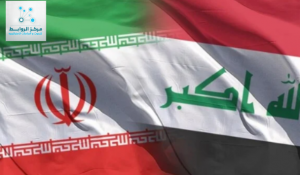By : Shatha Kalel
The recent increase in trade between Iraq and Iran—reaching nearly $12 billion in 2023—shows deepening economic ties with plans to grow it further to $15 billion by 2026. This trend reflects mutual economic dependence and evolving regional dynamics.
Economic Significance:
Improved Bilateral Trade:
Iran’s imports from Iraq reached $754 million, a large jump from previous years (often under $100 million). This growth helps Iran access needed goods and diversify trade partners.
Trade Growth Goals:
Both countries aim to grow trade by 20% annually, which can boost employment, investment, and economic stability—especially important for sanctioned Iran and post-conflict Iraq.
Iranian Market Concerns:
Iran sees Iraq as its second-largest trade partner, but warns that Iraq’s market is becoming saturated, meaning future growth may be slower unless new sectors or trade areas are opened.
Iraqi Banking Role:
The Iraqi TBI Bank helped finance some imports, such as animal feed, showing that financial cooperation is also expanding.
Political Implications:
Strategic Alliance:
Closer trade ties show that Iraq and Iran are reinforcing their political alliance, especially as Iran tries to counter Western sanctions and maintain regional influence.
Regional Influence:
Iran may use trade to strengthen soft power in Iraq, especially through economic dependency and joint projects.
Balancing Global Pressures:
Iraq may try to balance ties with both Iran and Western countries, using trade as a diplomatic tool while avoiding being pulled too far into Iran’s orbit.
Conclusion:
The growing trade between Iraq and Iran is economically beneficial but also politically strategic. It supports Iran’s regional influence and gives Iraq needed goods and investment. However, future growth may be limited unless both sides diversify products and manage external political pressures carefully.
Economic Studies Unit / North America Office
Al-Rabetah Center for Strategic Research and Studies

